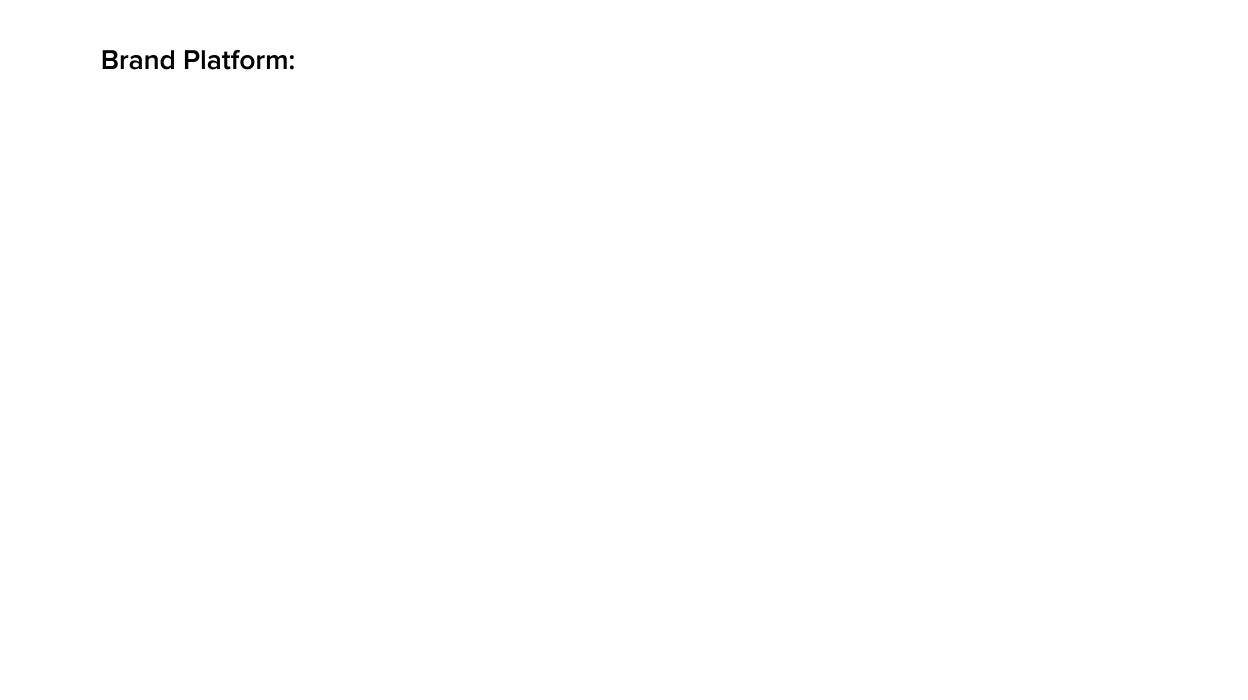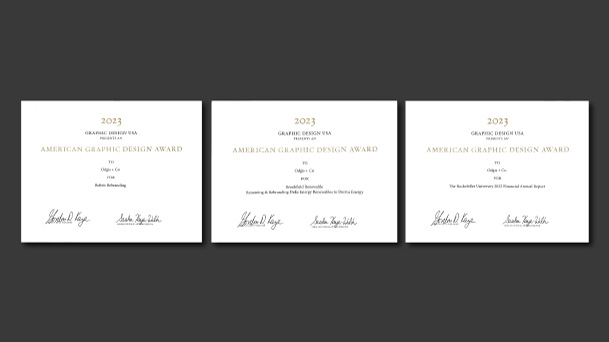Be Outstanding with Your Brand Style Manual
3/26/2021
Brand Style Manual creates a consistent visual and verbal identity of a company and its products in the customer’s mind by combining tangible and intangible brand elements. These are the key elements used in building and communicating your brand image — and they should all be covered in your brand book and guidelines.
By Janet Odgis
Read this article on LinkedIn
1. Brand Platform: Strategy & Key Messaging
“Brand Platform” is a term used to describe the strategic foundation on which a brand is built. The Brand Platform defines the critical elements of your brand strategy and will include the following elements:Elevator Pitch:
Elevator pitch captures your brand story and promise in a single sentence. One sentence elevator pitch, a longer 2-3 sentence version (e.g. for LinkedIn profiles), and a 2-3 paragraph version (e.g. for the About Us section of your website). This information is important to ensure consistency of your mission and vision, as well as the services and products your business offers while focusing on the value provided to your customers.Messaging Pillars:
Define the 4-5 most important themes or ideas that you want customers and other audiences to take away from their interactions with you. Messaging pillars are meant to elaborate on your elevator pitch and support your strengths, advantages, and other messages you wish to communicate.Messaging Framework:
The messaging framework breaks down verbal communication pillars by target audience and ensures that content is tailored specifically to the key needs and concerns of each audience. It is an essential branding asset in marketing communications, as it creates a better sense of purpose and supports company's mission.Brand Voice:
Essentially, brand voice and tone are a reflection of your brand personality and defines how you “speak” to key audiences. You can think of your brand as an entity endowed with unique characteristics and personality traits. Having a strong, consistent voice is just as important as having a strong, consistent visual identity.2. Basic Visual Elements
The visual part of your style guide will contain the rules governing the logo, color, and typography:Logo:
- General definition of any new logo application standards
- General size usage
- Placement
- Do’s and Don’ts
Color Palette:
- To ensure the consistency of brand colors, industry standards should be provided for: PMS, CMYK, RGB & Web Safe colors
- Color use: general principles
Typography:
- Typefaces
- General size usage
- Applications: usage, general formatting
3. Photography and Imagery
The use of photography and imagery is extremely helpful in improving the user experience and representing a brand’s visual language. You may rely on stock photos, existing photos, executive portraits, or start fresh and create an art direction brief for new photography. Carefully selected images will help you:- Tell a story
- Convey a clear message
- Teach how to perform an action
- Engage the viewer
- Portray the intent and context of content
- Reinforce a brand message or value
4. PowerPoint
- Design look & feel, general formatting
- Do’s and Don’t s
5. Publications and Reports
- Design look & feel, general formatting
- Do’s and Don’ts
By Janet Odgis
Read this article on LinkedIn



